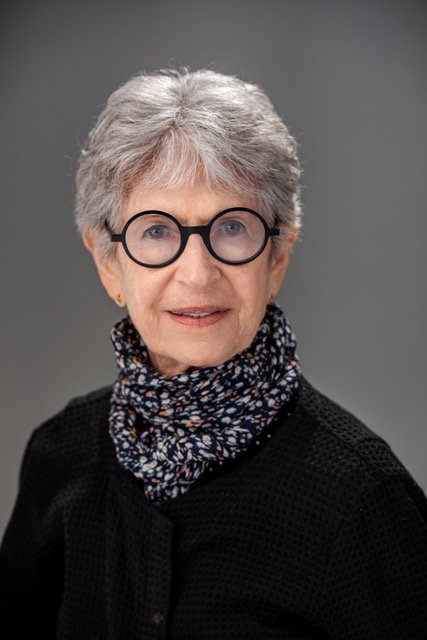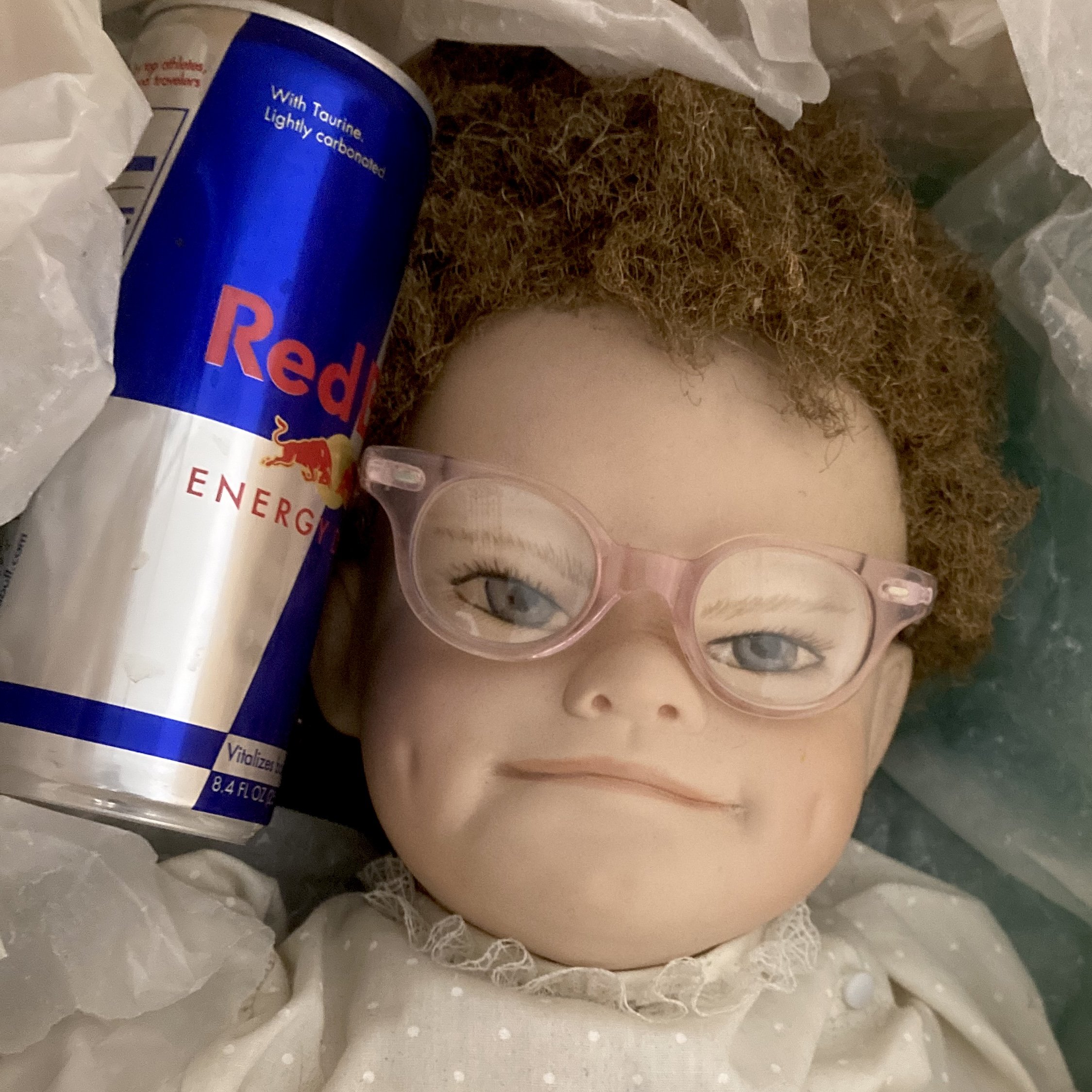
THEATER GALLERY
NON Objectified
Curated by Kathy Battista
11 May – 15 Dec. 2024
Miriam Schapiro, Rude Structure, 1966, acrylic on canvas, 80 x 72 in
Non-Objectified presents a dynamic group of works by female artists operating under the umbrella of abstraction. The show’s title is a play on the term ‘non-objective’ painting, coined by by Alexander Rodchenko in 1918. This movement was centered in Europe and created in reaction to centuries of figurative representation, as practiced and espoused in the academies. Non-Objectified is a riff on Rodchenko’s term, a double entendre exploring female artists’ resistance to the objectification of bodies. The show takes the form of a dialogue between works by a cross-generational, international group of artists selected for their varying approaches to abstraction, each variation invoking or involving the body in subtle ways.
Non-Objectified includes a plethora of methodologies, from the gestural expressivity of Abstract Expressionism to geometric and process-based work including staining, spilling, and screen printing, as well as works comprised of textiles, clay, ceramic, and found objects. Situated in the upstairs gallery of the former schoolhouse at Kino Saito, the exhibition is inspired by the legacy of Kikuo Saito, an immigrant artist whose practice focused on abstraction in several styles. Each work selected for the exhibition may be read in relation to his legacy and his vision to create a center that would support and foster similar work.
The exhibition is anchored in gestural abstraction, as seen in canvases by post-war artists Pat Passlof and Suzanne Perlman. Contemporary artists are placed alongside these historical works, including the Adam Whitecash project, made by a female artist who created a successful male alter ego who paints on her used oil palettes; Jemima Stehli’s And the Deep Blue Sea 2023, which echoes the dimensions of her own body; Lesley Vance’s elegant Untitled 2014; and Anne-Lise Coste’s Love 25 2021, where spray paint and unstretched canvas deconstruct the most basic components of painting.
Hard-edged abstraction, long the terrain of male artists including Frank Stella, Ellsworth Kelly, and many others, is newly interpreted through the work of Miriam Schapiro together with contemporary artists Clare Goodwin, Jeewi Lee, Servane Mary, and Naama Tsabar. Schapiro, a pioneer of second wave feminism, known as well for her innovative pedagogy as her art, used geometric shapes as stand-ins for female anatomy. Lee uses unusual materials (sand, concrete) to create a meditative approach to the physicality of geometric abstraction while Tsabar includes utilitarian materials in works that double as potential sites for interactive sound, both from the artist and the viewer. Servane Mary’s use of pegboard as substrate in My Way 2021 echoes the utopian ambitions of hard-edged geometric abstraction, and yet combines this with a challenging physical process that engages printmaking techniques. Claire Goodwin’s new ceramic paintings may be considered within the legacy of modernist painting, full of the formal concerns of color and composition, albeit with a handspun nature including slight misalignments.
Emerging artists Camila Varon, Rachel Eulena Williams, and Ilana Savdie exhibit energetic approaches to abstraction. Varon created Eastwind 2023 without brushwork, staining each section of the fabric a multitude of times to get the desired result. Savdie’s incorporation of encaustic wax in Perpetual Revenant 2023 and alien-like elongated forms in Scorched by Indication 2023 conjure corporeal elements that are never tangible. Rachel Eulena Williams moves beyond paint on canvas to create works that meld painting, sculpture, installation, and drawing.
The gallery space is activated in its volumetric entirety, using all surfaces and architectural features. Klodin Erb’s Venus in Furs 2022/3, with its textile frame, becomes sculptural in its suspension from the rafters. Larmes d’ Isis 2018, by Sherin Guirguis, likewise hangs in the gallery nearby her geometric wall piece. Adrift and Accumulating 2020, a ceramic sculpture by Brie Ruais, is produced through her body’s direct intervention with the clay and lies directly on the floor. Dotted around the gallery, Jamie Diamond’s unfired clay sculptures emerge through interactions with strangers who are sent lumps of clay. In the education center, visitors are invited to touch and shape new clay works, an ongoing exploration of Diamond’s touch series, where the sculptures’ final shapes are manipulated by gallery visitors.
Dee Shapiro, another pioneer of second-wave feminism known for her participation in the Pattern and Decoration movement, includes a variety of quotidian materials in her collage Very Much Felt 2018. Rachael Matthews uses textile waste from fast fashion to create her large orb-shaped work, a reminder of the physical destruction of our planet. Katy Dove’s animation Gondola 2004, technically groundbreaking at its time of production, similarly weaves shapes and color in a hypnotic digital format.
The exhibition will be complemented by two public events…
Participating Artists
-

Anne-Lise Coste
©Barbara Rybnikow
-

Jamie Diamond
Photo by Ivan Grianti
-

Katy Dove
-

Klodin Erb
Photo by Lena Amuat
-

Clare Goodwin
-

Sherin Guirgis
with work Here I Have Returned, 2021. Photo by Hesham E. Saifi
-

Jeewi Lee
Photo by Ecaterina Rusu
-

Servane Mary
-
Rachael Matthews
-

Pat Passlof
in her studio on 10th Street, circa 1958. Image by Jesse Fernandez. ©Estate of Jesse Fernandez. Courtesy of Milton Resnick and Pat Passlof Foundation
-
Suzanne Perlman
-

Brie Ruais
Photo by Nicholas Calcott. Courtesy of the artist and Albertz Benda, New York | Los Angeles
-

Ilana Savdie
Photo by Mara Corsino
-

Miriam Schapiro
circa 1970s. Courtesy of Miriam Schapiro Papers, Special Collections and University Archives, Rutgers University Libraries.
-

Dee Shapiro
-
Jemima Stehli
-

Naama Tsabar
Photo by Charlie Rubin
-

Lesley Vance
-
Camila Varon
-

Adam Whitecash
-

Rachel Eulena Williams





